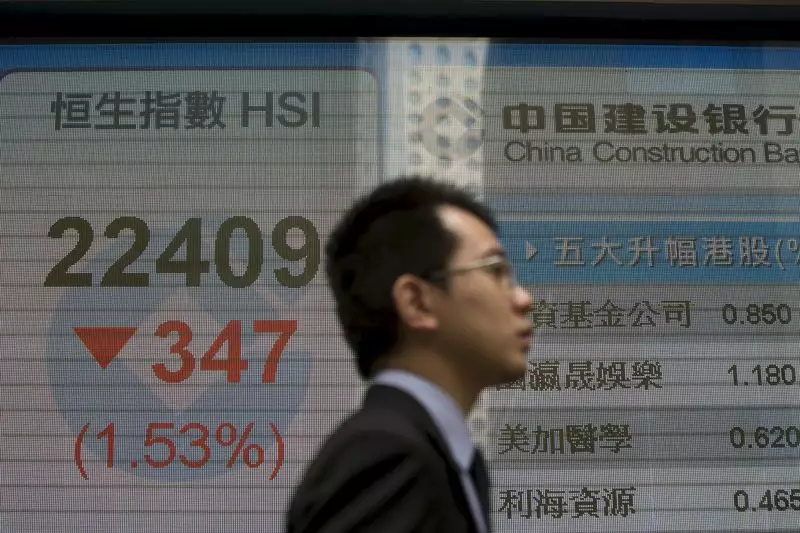Recent developments in Asia have underscored a prevailing sense of caution among investors, reflecting broader global economic concerns. On a Tuesday marked by a widely observed dip in stock values across much of the region, Asian markets demonstrated varied performance largely influenced by external factors such as anticipated interest rate shifts and the imminent U.S. presidential elections. This uncertainty has instigated a risk-averse attitude, notably evident in how traders are responding to market trends. It is critical to delve deeper into the elements affecting these dynamics, particularly the interplay between local economic policies and global benchmarks.
Your Guide to Understanding the Fall of Asian Stocks
The U.S. market’s retreat from its record highs has set the tone for many of Asia’s major stock indices. As Wall Street stocks slid in response to rising Treasury yields and the impending earnings season, Asian indices suffered, with futures for U.S. stocks indicating a hesitant outlook. Adding to this complexity is the two-week countdown to the U.S. presidential election, where preliminary polls suggest a tightening race, with Republican nominee Donald Trump gaining ground against Vice President Kamala Harris. Such political developments significantly influence market sentiment and strategy.
Japan’s markets have been particularly hard-hit, with the Nikkei 225 experiencing a notable decline of 1.7%. This downturn occurred even as the Japanese yen approached a three-month low, a situation typically favorable for exporters. Yet, uncertainty surrounding the Bank of Japan’s (BOJ) ability to further raise interest rates casts a long shadow over the market. Given that Japan is scheduled to hold general elections later this month and the BOJ is set to convene at October’s end, traders are eagerly looking towards key inflation data from Tokyo. This will likely play a critical role in shaping future interest rate expectations.
Regional Disparities Within Asian Markets
The broader Asian market trends also feature significant variances. For instance, South Korea’s KOSPI index dropped by more than 1%, mirroring the trend of profit-taking seen in Australia’s ASX 200, which fell by 1.4% after peaking at record levels earlier in the month. Meanwhile, India’s Nifty 50 index remains relatively flat, impacted by a mix of mediocre corporate earnings and the ongoing profit-taking trend.
In contrast to this widespread decline, Chinese markets emerged as a silver lining amid the prevailing uncertainty. The Shanghai Shenzhen CSI 300 and Shanghai Composite indexes recorded slight gains, attributed in part to a recent cut in the People’s Bank of China’s benchmark loan prime rate. This strategic move by the central bank indicates ongoing efforts to stimulate growth, highlighting China’s adaptive monetary policy in response to economic pressures.
As we analyze these developments, it becomes evident that the current landscape of Asian markets is characterized by a cautious optimism for some while echoes of uncertainty loom overhead. Investors are urged to stay vigilant and informed about both domestic policies and international trends, especially as the global economic narrative unfolds. With significant events on the horizon, including political shifts in the U.S. and key economic indicators from Japan and China, market participants will need to navigate this intricate web of risk and opportunity in pursuit of informed investment decisions.

